4 secrets to avoiding online clothing returns
Online shopping has come a long way when it comes to ease of returns, and clothing returns are some of the most common at a 25% return rate. Processing returns is challenging for companies, which means a sizable portion of those items simply end up in a landfill. It’s a bummer because no one wins—but there’s hope: 70% of returns are due to size or fit issues. So let’s break down a strategy for avoiding those annoying and disappointing returns!
Look at the size chart on each item’s product page.
We’ve said it before and we’ll say it again: know your measurements! Brands often have a master size chart to give you an idea of how they size items across their collections, but it’s especially great when they provide garment-specific sizing. If you’re looking at a brand that’s new to you, prioritize brands that give you the most measurement information upfront.
Take the time to compare those charts against your current measurements, even if you’ve purchased from this brand before (sizing processes can change without notice and/or vary across items). This is even more critical across brands since “true to size” simply does not exist (there aren’t standards for sizing and they will vary widely by brand). If you do nothing else on this list, do this!
Check the fabric blend.
If you’re between sizes or know how closely you prefer things to fit, you can make better calls when you’re between or close to the top or bottom of a size range. Knit fabrics have stretch and are contenders for sizing down if you’re looking for something snug. Fabrics with more stretch often include:
Spandex, elastane, or lycra
Jersey
Nylon
Wool
But woven fabrics have more of their own structure and won’t easily adapt to the shape of your body. Examples of materials with no or low stretch to them:
Denim (although you’ll often see one of the above stretchy materials add in)
Linen (but can be nicely paired with elastic waistbands or intentionally worn loose)
Leather
Find brands that design for your proportions.
Size is one thing, but shape is just as important! The most visible example of this is clothing categorized as “men’s” or “women’s.” Clothing designed for men expects pretty consistent measurements for your chest, waist, and hips but clothing for women expects curves in more places (with a very strong bias to an hourglass shape).
Sizes accommodate horizontal measurements (like the circumference of your chest), but proportion accounts for things like your torso length, the ratio of your hips/waist/chest measurements, and the length of your arms and lengths. Men’s pants account for this most commonly with sizing that includes both the waist and inseam, but petite and tall sizes in women’s clothing are a step in that direction as well.
Unfortunately, most brands don’t really account for different proportions within a design (two exceptions are Pari Passu and Gender Free World). This is why finding brands that consistently fit you well can be so useful: you’ve found a designer that has a bias toward your body type. Pay attention to the models the company uses for their products and consider:
Are they real people or digital models?
Do you see bodies like yours on the fit models?
Are there customer pictures or reviews by measurements or size?
Work with a skilled sewist for alterations.
Garment construction is hard! You’re working to design and fabricate something that goes from a two-dimensional state (bolts of fabric) to complex three-dimensional items that have to accommodate movement. Doing that well for a mass market with a vast variety of human shapes, sizes, and style preferences is difficult and sometimes impossible.
Building a relationship with a sewist who understands your individual body can elevate not just one piece in your wardrobe, but the whole way you approach clothes shopping. By working with them over time, you can learn what to prioritize when buying specific items and what they can reasonably alter.
We know it can be intimidating to find someone you can trust, and we want to make that easier for everyone. Check out our resizing services to work with one of our wonderful sewists who really knows their stuff and can help you find the right fit for you!

